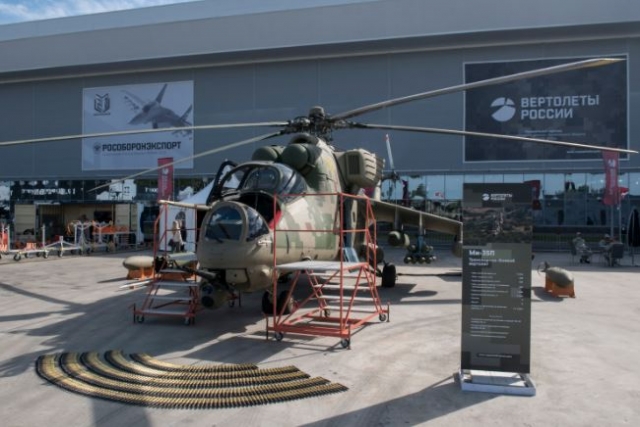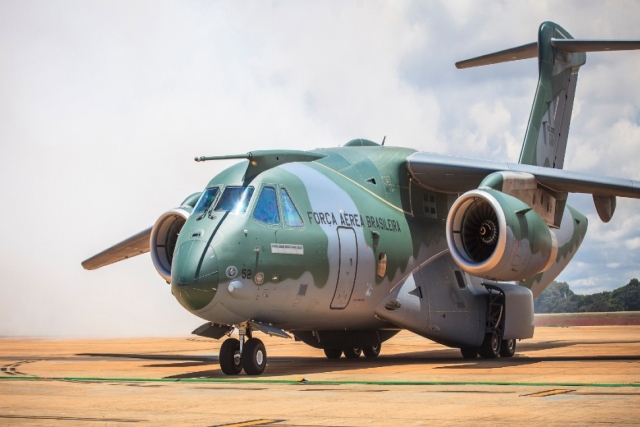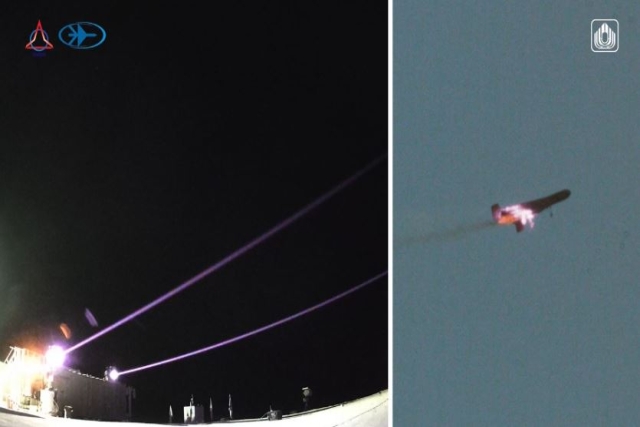Mil Moscow, Kamov Merge to Build Electric and Unmanned Helicopters

Russia’s Mil Moscow Helicopter Plant and Kamov have merged to form a joint venture- National Center for Helicopter Engineering (NCV)- to build new types of helicopters such as unmanned, high-speed and electrically powered ones.
“Since April 2020, the National Center for Helicopter Engineering (NCV) began operating in Russia. Two well-known Russian developers of rotary-wing aircraft, JSC Mil Moscow Helicopter Plant and JSC Kamov, have finally merged into JSC NTsV,” Rostec said in a statement August 26, citing TASS.
Merging of the two firms makes it possible to unify the weapon systems of the Mi and Ka combat helicopters that will increase combat capabilities and bring down development and production costs. In addition, costs associated with modernization of rotorcraft and associated equipment will be reduced, the release said.

NTsV specialists note that at the moment work has been done to assess the scientific and technical groundwork of two design bureaus - the main directions in which the two design teams have been working for the future have been considered. The companies are collaborating on design techniques, process modeling and flight tests.
“New directions are emerging that require joint efforts: electric helicopter, unmanned control, high-speed rotorcraft,” Leonid Shiryaev, Chief Designer of Kamov, remarked.
A number of other projects are in the pipeline, including work on an impact-resistant fuel system, air conditioning system and development of helicopter that can reach speeds over 400kmph. Current projects being undertaken by the companies individually will continue as is.

“We have found certain points of contact in a number of areas, such as improving flight safety by introducing on-board diagnostic systems, which will make it possible in the future to predict until what time the unit can be operated according to its technical condition. Another area is vibration control on the main rotor blade. We did this at Kamov and Mil, and here we can work very closely and further develop this into some kind of work on a particular vehicle. There is also a common scope of work in terms of additive technologies, which Rostec is now widely implementing in various fields of activity, including aircraft construction,” says Sergei Novoselov, design engineer at Mil.
"There will be unhindered exchange of knowledge- Aerodynamics, aeroelasticity, the design of transmission units and the support system, ship-based and heavy helicopter construction, conceptual design of the appearance and advanced research,” Sergey Pyzhov, Chief Designer of the Directorate of the Navy Helicopters program.











